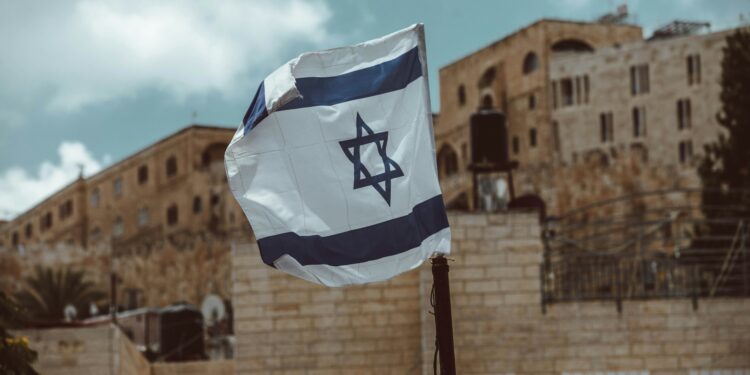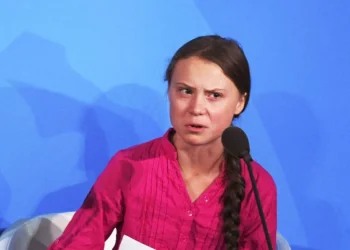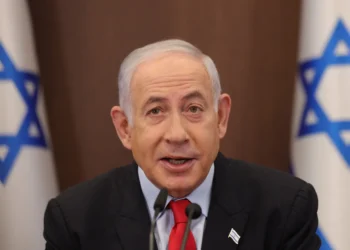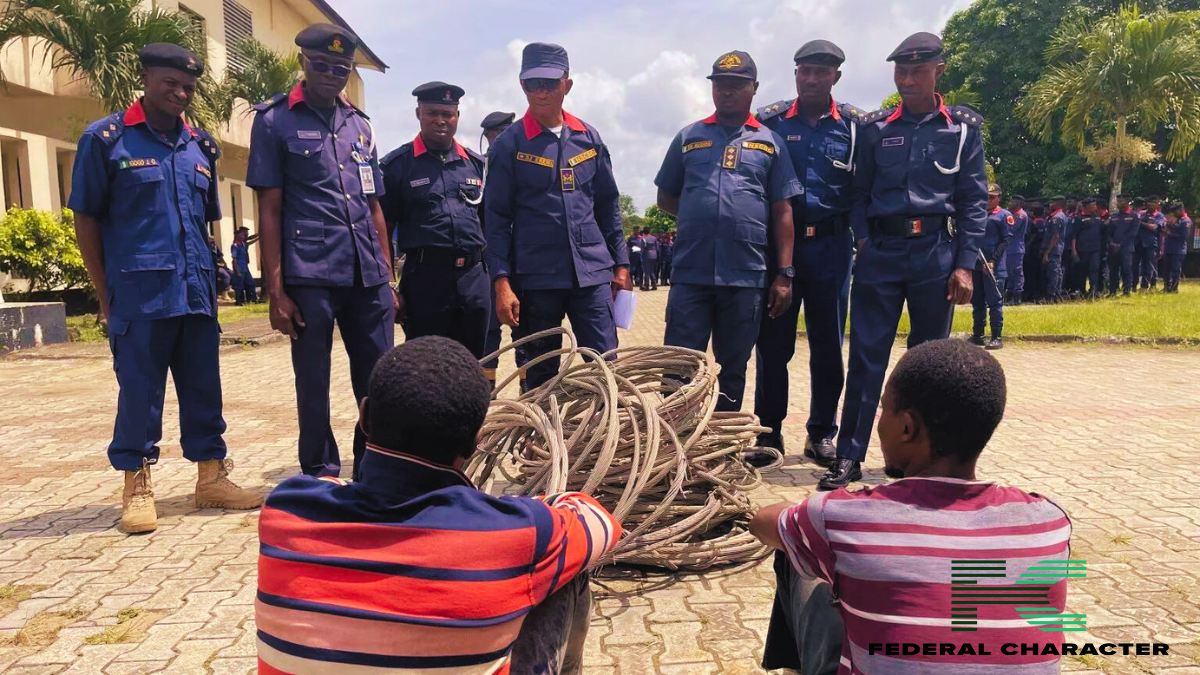The Middle East continues to tremble as Israel escalates its military campaign, intensifying attacks not only on Hezbollah in Lebanon but also expanding its reach to the Houthis in Yemen. The latest developments reveal a disturbing trend of violence that has become almost routine, yet no less shocking.
Why It Matters
On September 29, Israel launched airstrikes against Houthi positions in Yemen’s port city of Hodeidah. This was not a random act of aggression; it followed a series of Houthi missile attacks aimed at Israel. The Houthis, known for their ties to Iran, reported that the strikes killed four individuals and injured 29. As the flames of war engulf the region, we have to question: where is this all leading?
Israel’s actions in Lebanon have also been relentless. Following the assassination of Hezbollah leader Sayyed Hassan Nasrallah just days earlier, Israeli military chief Herzi Halevi asserted, “We need to keep hitting Hezbollah hard.” The bombardment has left destruction in its wake, with reports indicating that airstrikes in Lebanon have resulted in the deaths of at least 32 individuals in southern Ain Deleb and another 21 in Baalbek-Hermel. The violence is not just numbers; it’s families, homes, and lives uprooted—over a million people displaced in the chaos.
The air war has created a sad reality in Lebanese cities, where families camp out in the streets, fleeing the relentless Israeli airstrikes. The U.N. has begun emergency food operations, but how can aid pacify the psychological scars left by bombs and missiles? The reality on the ground starkly contrasts the diplomatic reassurances from the United States, which has pushed for a resolution while simultaneously increasing military presence in the region. President Joe Biden’s hope that “It has to be” can avoid an all-out war seems more like a plea than a promise.
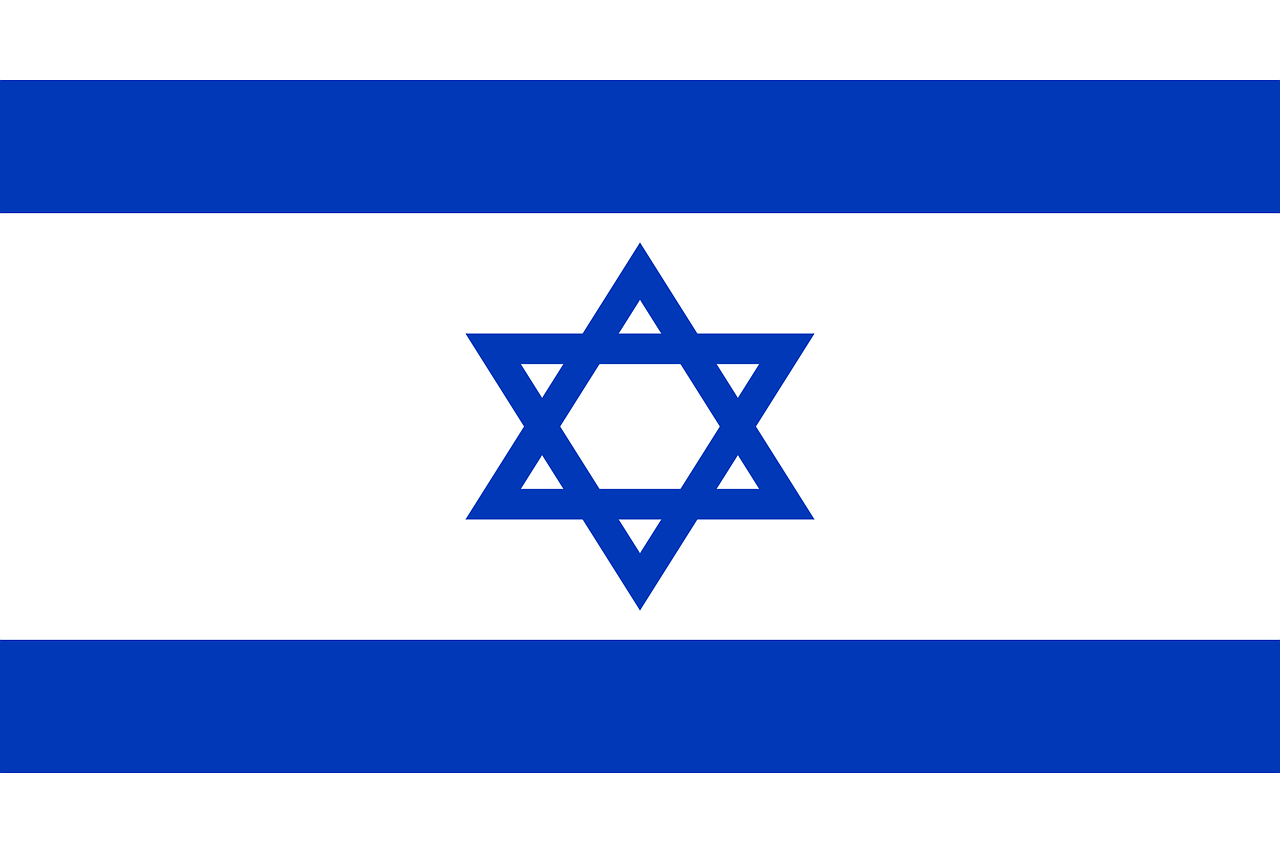
But let’s not ignore the elephant in the room, Nasrallah’s death. For 32 years, he was not just a leader but a symbol for Hezbollah and Iran’s influence in the region. The backlash was immediate, with Hezbollah promising to avenge his death, intensifying the cycle of violence. It raises the question of whether Israel’s strategy is truly effective or merely fanning the flames of a broader conflict that will inevitably spiral out of control.
What They Are saying
Israel claims it aims to secure northern areas for residents to return home, but what kind of home is left after such devastation? As the bombardments continue, we see the lives of everyday people like Francoise Azori, who defiantly states, “You won’t be able to destroy us… this is our country and we’re staying.” It’s hard to disagree with her sentiment; this is not just a battle over land, but a fight for identity and existence.
In a climate where violence becomes normalized, and the loss of life becomes a mere statistic, we must question the narratives being constructed by those in power. Hezbollah has long been accused of dragging Lebanon into conflicts, yet the moral high ground is rarely clear when examining the actions of all involved. Maronite Patriarch Bechara Boutros Al-Rai’s poignant remark about Nasrallah’s killing “opening a wound in the heart of the Lebanese” underscores the complex tapestry of loyalties, grievances, and the ongoing quest for peace amidst chaos.
As we analyze the current state of affairs in the Middle East, it’s essential to remain vigilant and critical. With each airstrike and each casualty, we must not forget that behind these numbers are human lives—families torn apart, futures shattered. Whether it’s the Israeli military’s relentless pursuit of perceived threats or the desperate acts of resistance from groups like Hezbollah, the cycle of violence shows little sign of abating.
Bottom Line
The question remains: how many more lives must be lost before there’s a genuine move toward peace?

